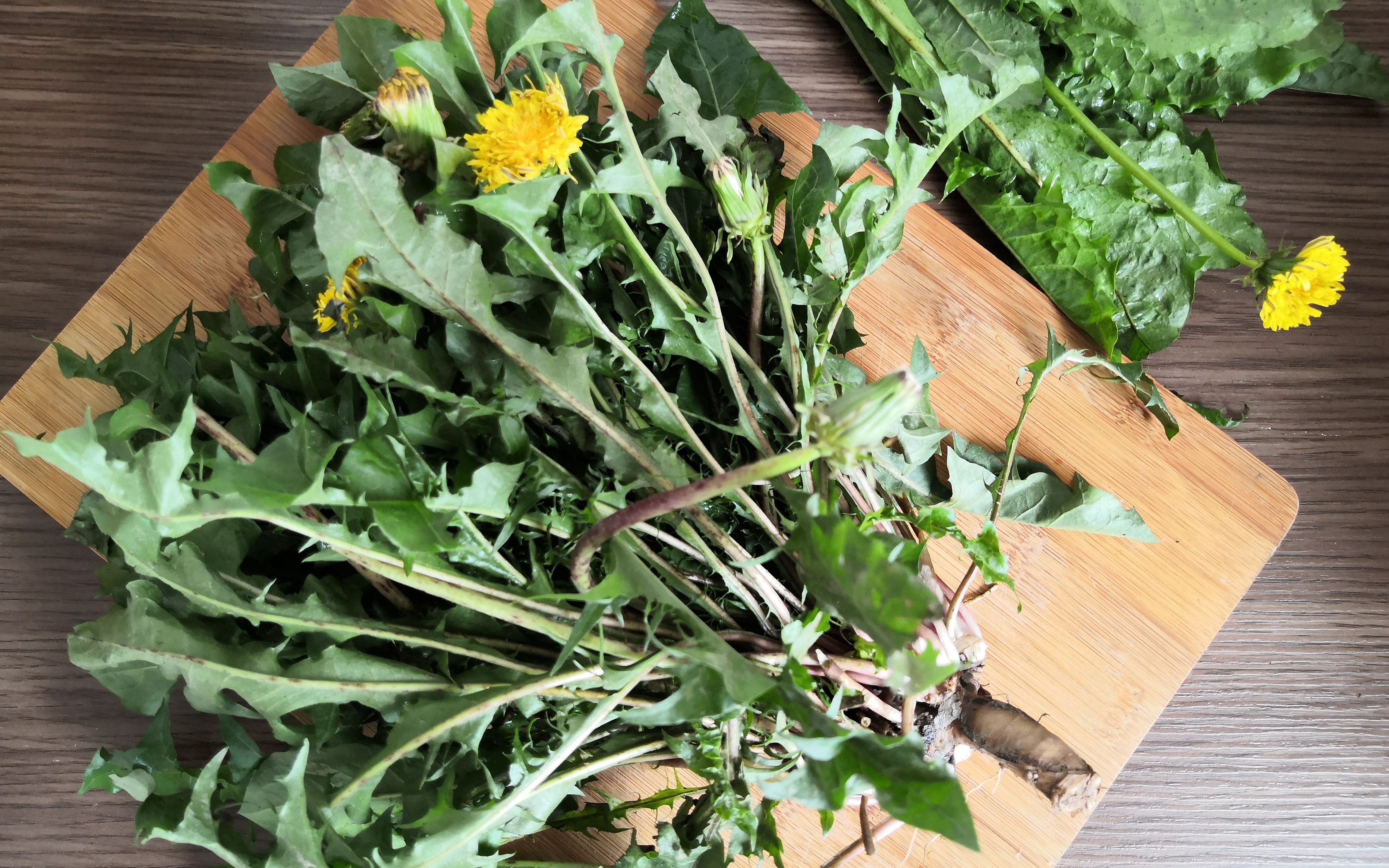
Dandelion. Photo/IC photo
Digging wild vegetables to “try early adopters” is what many people love to do in spring. Recently, a post about digging wild vegetables in the green belt of the community became popular, and some netizens joked, “If you find that the green belt in front of your house is a little bald, it may not be that the plants are not growing well, but that some people come here. It’s over…” In this regard, Gu Lei, an associate professor of Capital Normal University and a doctor of botany, reminded that no matter wild plants or fungi, you should have a full understanding of them before picking, and wild vegetables growing near roads, factories, and mines contain more chemical poisons , heavy metals, etc., do not blindly eat.
The data shows that purslane, the whole plant is used for medicinal purposes, and has the functions of clearing away heat and dampness, detoxification and swelling, anti-inflammatory, quenching thirst, and diuretic; bracken, the whole plant is Used as medicine, it can dispel rheumatism, diuresis, antipyretic, and can also be used as an anthelmintic agent. In addition, there is a folk saying that “shepherd’s purse is a panacea”. Gu Lei believes that there is no clear scientific research to prove that wild spring vegetables can cure diseases, people just like their texture and taste. Most of the fresh, cultivated “wild vegetables” sold in the market are safe to eat.
The wild vegetables have not been artificially bred, and the content of oxalic acid and other components is high. Gu Lei suggested that when cooking wild vegetables, it is best to blanch them before eating them. Among the many common wild vegetables, we should pay special attention to bracken, which contains some alkaloids and strong carcinogens “proto-fernin” ingredients. Never eat it fresh or fry it directly. It must pass through boiling water. Blanch and dry with lime water before serving.
Pick and eat wild vegetables, do not have the mentality of “trying early adopters”, the wild vegetables that have been passed down through the folk for a long time are safe. Also, be wary of the following plants that are often confused.
Hook kiss VSHoneysuckle
Hook kiss is poisonous, It is very similar to honeysuckle and can be easily eaten by mistake. Hook kiss and honeysuckle (scientific name honeysuckle) are both Chinese medicinal materials, and honeysuckle is non-toxic. If the hook kiss is mistakenly eaten as honeysuckle, it can be poisoned and even die.
Scientific distinction: The corolla of honeysuckle (Honeysuckle) is lip-shaped, the stamens and styles are higher than the corolla, shaped like a bird, and the buds are white when they first open, and then turn yellow , at a glance, yellow and white; the corolla of the hook kiss is funnel-shaped, with 5 petals, yellow, and no white flowers.
Ranunculus VSCress
Buttercups resemble water celery, but buttercups are poisonous. Buttercup contains strong volatile irritating ingredients, which can cause inflammation and blisters when it comes in contact with the skin. Oral administration can cause severe gastroenteritis and symptoms of poisoning.
Scientific distinction: the outline of cress leaves is triangular, and the leaves of ranunculus are heart-shaped or pentagonal; the branches of ranunculus have many fluff, and the smell is pungent after being broken.
MandalaVSokra
The appearance of mandala is similar to okra. Some people mistakenly picked mandala as okra and brought it home, resulting in poisoning. Okra is known as the king of vegetables, and its tender pods are tender and tender, which is a common delicacy on the table. Mandala poisoning usually occurs half an hour after eating, the fastest 20 minutes, and the latest no more than 3 hours. In severe cases, drowsiness, convulsions, cyanosis, and finally dizziness and death occur after 24 hours.
Scientific distinction: The high stem of okra is cylindrical, with sparse and scattered spines, the edges of the leaf palm have coarse teeth and concavities, and both sides have sparse bristles< /span>; The stem of Datura is stout and erect, the whole plant is smooth and glabrous, and sometimes there are sparse hairs on the young leaves.
Beijing News reporter Zhang Zhaohui
Proofreading Liu Jun